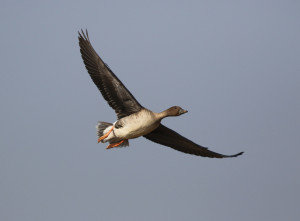
Having recently returned from leading my third winter birding tour to South Korea I have some time to reflect on different aspects of this excellent trip. While the big draw is to see large numbers of Red-crowned, Hooded & White-naped Cranes, Steller’s Sea Eagle, Relict Gull, Oriental Stork and many other rare and range-restricted East Asian species another feature is the large numbers and wide variety of wildfowl throughout the tour. Indeed several of these are also key target birds, Scaly-sided Merganser, Swan Goose, Stejneger’s Scoter and Baikal Teal for example, but it is also impressive just how many species can be seen, including close-up views of many species that most northern hemisphere birders are familiar with but seldom see in such abundance. From Taiga Bean Goose to Mandarin Duck, Harlequin and Smew it is fantastic to be able to enjoy such a range of wildfowl in big numbers that create a spectacle both in flock size and appearance. Big numbers, lots of species and close-up views make the wildfowl just another highlight of winter birding in South Korea.
Details of the next trip can be seen here – South Korea Winter Birding Tour.
Of all the wildfowl anticipated when visiting South Korea in winter, Baikal Teal is perhaps the most exciting. Not only is the male stunningly attractive but it can occur in incredible numbers. At Junam reservoir it is possible to get quite close-up views of this wonderful little duck alongside many other species in an area of wet rice stubble that has been set aside for feeding the birds in winter.
The spectacle of a large flock of Baikal Teal is unforgettable with the largest flocks on record exceeding half a million birds! On my recent visit the largest flock we encountered was around 19000 birds and that was quite remarkable especially when a White-tailed Eagle’s presence made them all take to the air at once creating a memorable sight and sound.
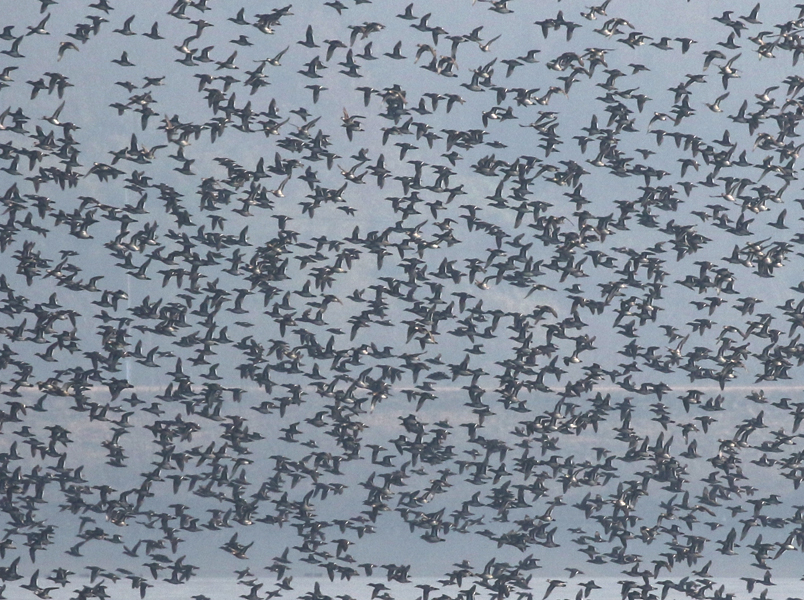 Baikal Teal flock takes to the air
Baikal Teal flock takes to the air
Although it is rarely a new bird for most people accompanying me on South Korea winter tours, male Smew is just an incredible sight. At a couple of wetland sites this is a fairly abundant bird and it is usually possible to get close and extended views of many males as well as females. For myself this always rates as one of the highlight species on this trip even though I have seen them many times.
Another one of my personal favourites among the wildfowl here is Harlequin Duck. Yes, I know it is not rare in some parts of the world but the male is truly a work of art. This year we watched two pairs of the birds interact on an offshore rock; they spent a fair amount of time squabbling and pecking each other.
Towards the end of our trip, the members of the group were discussing how enjoyable it was to see so many interesting species of wildfowl. As we rattled off the names of our favourites it was suddenly realized that nobody had mentioned Mandarin Duck! The male surely has one of the most incredible plumages of all ducks and for many birders seeing them in South Korea is the first time they have watched a non-feral population.
On the other hand we also see a lot of species that are very familiar to birders in the northern hemisphere. Species like Mallard, Eurasian Wigeon, Northern Pintail, Common Teal, Common Pochard, Northern Shoveler and Goldeneye are abundant and seen on an almost daily basis. However, many of them remain very handsome birds and their abundance and proximity make them excellent photographic subjects.
Greater Scaup is another species that I regularly see in South Korea and although I have seen them many times in UK I rarely get as close as I do here. It is good to be able to see them like this and watch them feed.
For many people large numbers of birds are what excites them and several species of Goose fall into this category here. Throughout the country flocks of Greater White-fronted Goose are common and flypasts of them are quite spectacular. Taiga and Tundra Bean Geese are less familiar to most birders but South Korea is a great place to study both of these species. Of course, Swan Goose is the most anticipated species in this group and we have always seen small numbers of them on this itinerary.
One of the most sought-after and rarest of wildfowl that winter in South Korea is Scaly-sided Merganser. This rare and range-restricted species can always be found here in small numbers although I managed not to get any photos this year. Both Goosander and Red-breasted Merganser are abundant too and it is great to be able to see these colourful birds again and again.
Sea ducks are another major target of our trips to South Korea with Stejneger’s Scoter always seen in small groups along with larger numbers of American Black Scoter. We can find these birds around rocky coasts and this year got close enough to hear their mewing call.
The sheer abundance and proximity of wildfowl over the course of our 11 day trip always allows time to enjoy the spectacle that the colours and numbers provide while watching them interact can be a lot of fun too as these noisy Whooper Swans demonsrated for over 20 minutes.
Although identifying most of these species is not a problem, I always carry a copy of Birds of East Asia field guide for reference when birding in South Korea.
This year’s winter tour to South Korea was very enjoyable, with wildfowl playing their part in this but with Cranes, Steller’s Sea Eagle, Varied Tit, Japanese Pygmy Woodpecker, Solitary Snipe and much more I am looking forward to the next one. If you would like to join me on the next tour you can see the itinerary and details here - South Korea Winter Birding Tour.


 January 18th, 2019
January 18th, 2019  Nick
Nick 

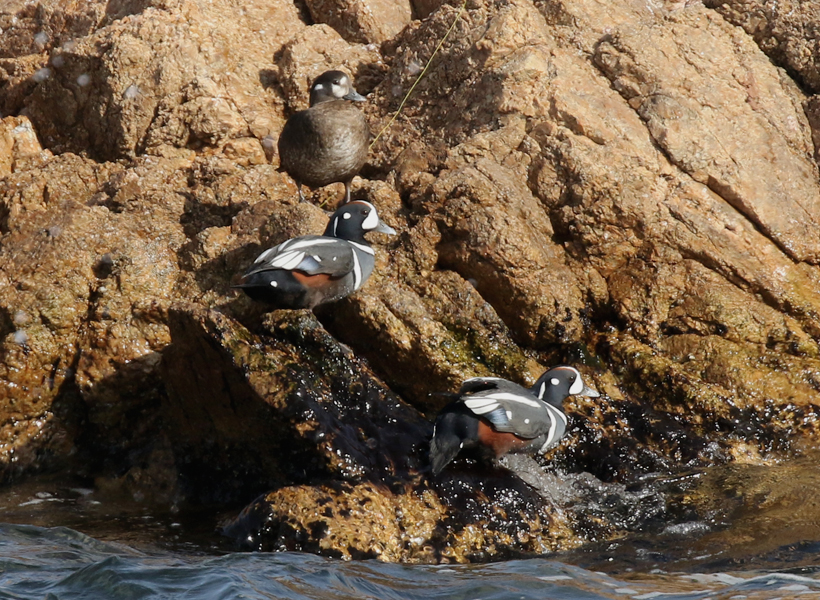





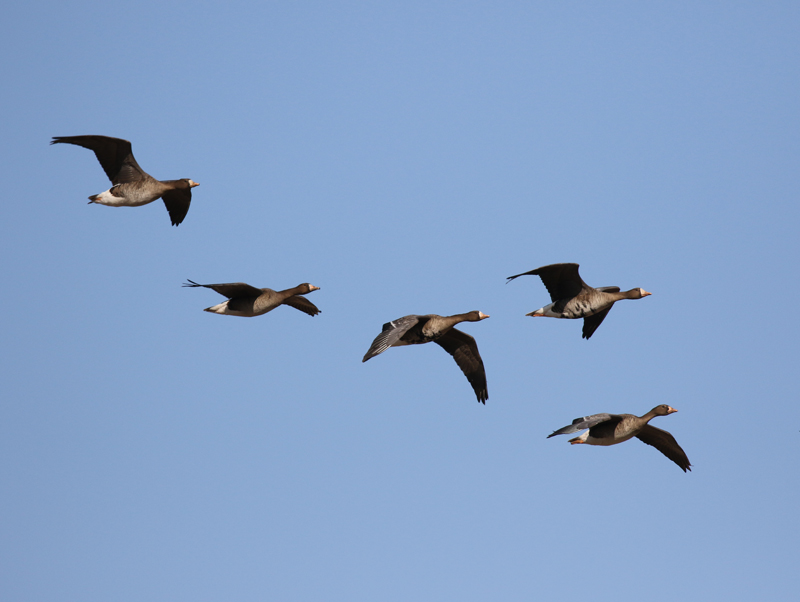

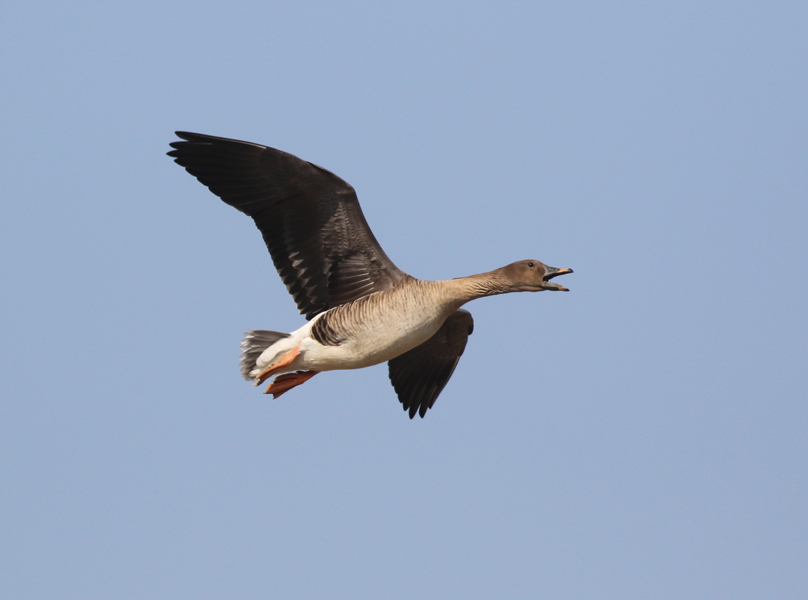

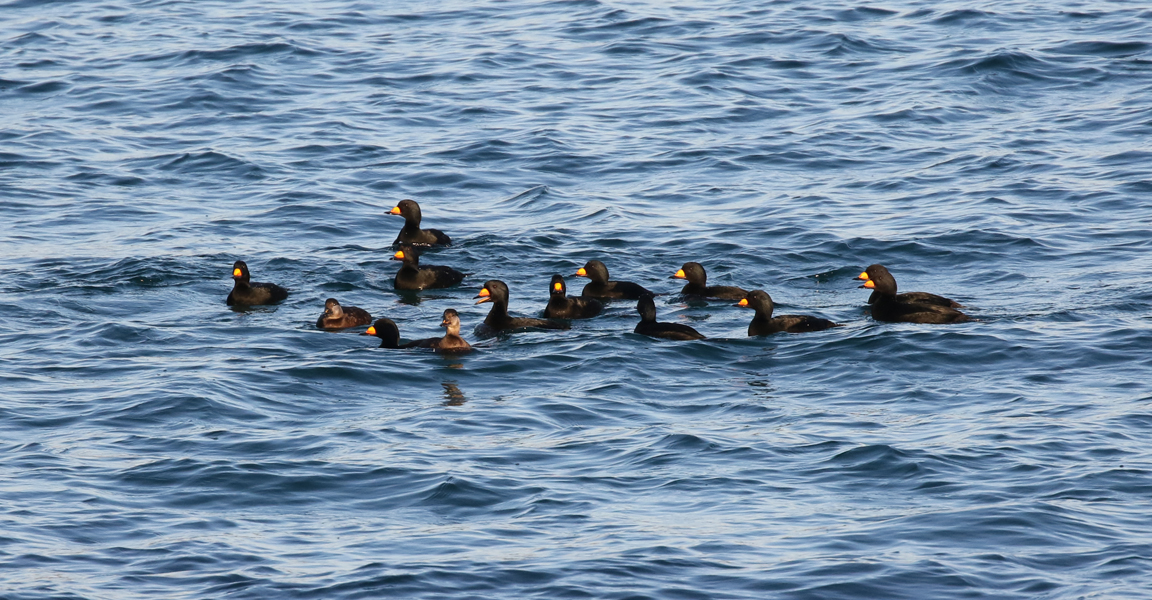

 Posted in
Posted in  Tags:
Tags: 









